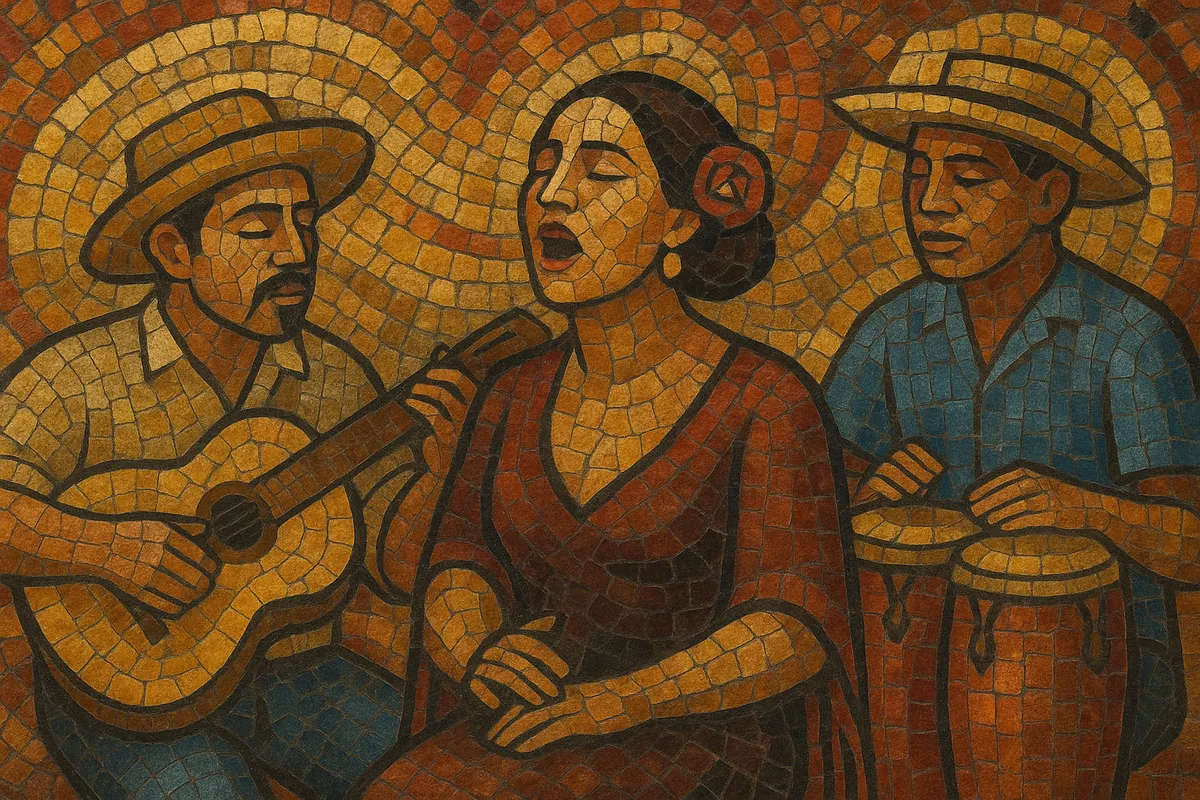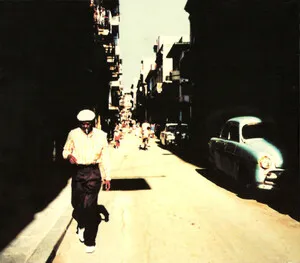Hispanic music is an umbrella term for the diverse body of Spanish‑language musical traditions originating in Spain and evolving across the Hispanic world of Latin America and the Caribbean. It encompasses folk, sacred, classical, and popular forms, and today includes everything from flamenco and bolero to salsa, norteño, bachata, rock en español, and reggaetón.
Historically, it reflects a multilayered synthesis: Iberian song and dance practices, Catholic liturgical and art‑music lineages, and deep contributions from Indigenous American and West/Central African musics forged during the colonial era. The result is a family of styles united by language but varied in rhythm, instrumentation, and aesthetics, often emphasizing danceable grooves, expressive vocals, and storytelling lyrics.
Hispanic music traces to medieval and early‑modern Spain, where courtly song, folk dances (e.g., fandango), and sacred traditions (Gregorian chant, Renaissance polyphony, Baroque villancicos) took shape. Centuries of Al‑Andalus left modal color and ornamentation that echo in flamenco and related idioms.
With Spanish expansion to the Americas, Iberian genres intermingled with Indigenous musical practices and the rhythms, instruments, and call‑and‑response aesthetics of West and Central African diasporas. This crucible birthed cornerstones like the Cuban son and habanera, Mexican song forms (corridos, mariachi repertories), Andean hybrids, and Río de la Plata traditions culminating in tango.
Recording, radio, and film propelled Hispanic music globally. The Golden Age of tango and bolero spread romantic songcraft; Afro‑Caribbean dance musics (mambo, cha‑cha‑chá, salsa) flourished in Havana, New York, and beyond. Nueva canción connected poetic song to social commentary; rock en español localized global rock currents; flamenco modernists like Paco de Lucía expanded technique and harmony.
The 1990s–2000s saw a Latin pop boom and the rise of reggaetón and Latin hip hop, which fused Caribbean dembow with rap, R&B, and electronic production. Streaming accelerated a Spanish‑language global mainstream, with artists from Puerto Rico, Colombia, Mexico, Spain, and Argentina leading charts while regional styles (sierreño, corridos tumbados, bachata urbana) refreshed long‑standing traditions.
Despite its breadth, Hispanic music remains tied together by Spanish lyrics, rhythmic vitality, and a dialogue between roots and innovation—balancing folk instruments (Spanish guitar, vihuela, guitarrón, charango), Afro‑Caribbean percussion (congas, bongos, timbales), brass and reeds, and contemporary digital production.



![Los Jaivas [El indio]](https://e.snmc.io/i/300/w/39998b45d6e4d6685c920ec7694c0874/13857342/Los%20Jaivas%20-%20Los%20Jaivas%20%5BEl%20indio%5D%2C%20Cover%20art.webp)




